
Behavioral Observation and Screening Study Guide
Understanding Behavioral Observation and Screening
When it comes to assessing children’s development, caregivers often find themselves in a whirlwind of emotions and questions. Is my child developing normally? Should I be worried about that weird noise they make when they’re happy? (Spoiler alert: it’s probably just a quirky thing they do.) Here’s a handy guide to help navigate the sometimes murky waters of behavioral observation and screening.
What is Behavioral Observation?
Behavioral observation is like being a detective, but instead of solving crimes, you’re on the lookout for signs of developmental milestones and potential issues in children. It involves watching how kids interact with their environment, peers, and caregivers. This isn’t just about noting that Timmy likes to throw his toys—although that’s definitely a thing. It’s about understanding the context of those behaviors. Is he frustrated? Excited? Just testing gravity? 🤔
Why is Screening Important?
Screening helps identify if a child is on track with their developmental milestones or if they might need a little extra help. Think of it as a pit stop for kids—just a quick check to ensure everything is running smoothly. If there are bumps in the road, early intervention can make a world of difference.
Guidelines for Caregivers
- Know What to Expect: Familiarize yourself with typical developmental tasks. This knowledge can reassure you that your child’s behavior is normal—or, at the very least, not an indication that they’ve been possessed by a mischievous spirit.
- Observe in Context: Remember, a child’s behavior can change due to various factors, including stress or changes in their environment. If little Susie suddenly decides she hates broccoli, it might not be a culinary crisis but rather a phase. Or maybe she just wants to assert her independence. Go figure!
- Document Behavior: Keeping short, factual notes about a child’s behavior can be incredibly helpful. This isn’t about creating a dossier worthy of a spy thriller; it’s about capturing those little moments that might indicate a need for further evaluation.
- Look for Patterns: Sometimes, difficulties in one area don’t mean there’s a huge problem. It could just be that the child is having a tough time in that specific area of development. Like when your buddy can’t seem to parallel park but can ace a trivia night. Everyone has their strengths and weaknesses!
Screening Tools
One popular tool for assessing readiness for kindergarten is the Florida Kindergarten Readiness Screener (FLKRS). This handy tool evaluates various developmental areas to ensure kids are set to take on the big world of elementary school. Think of it as a warm-up before the main event—like stretching before running a marathon (or just sprinting to the fridge for a midnight snack).
Final Thoughts
Behavioral observation and screening are essential parts of ensuring children are developing healthily. It’s not about playing the blame game or pointing fingers; it’s about being proactive and supportive. So, whether you’re a parent, a caregiver, or just someone who finds themselves around kids often, keep these guidelines in mind. And remember, every child is unique. Just like every dad’s grilling technique—some are charred, and some are gourmet! 🍔

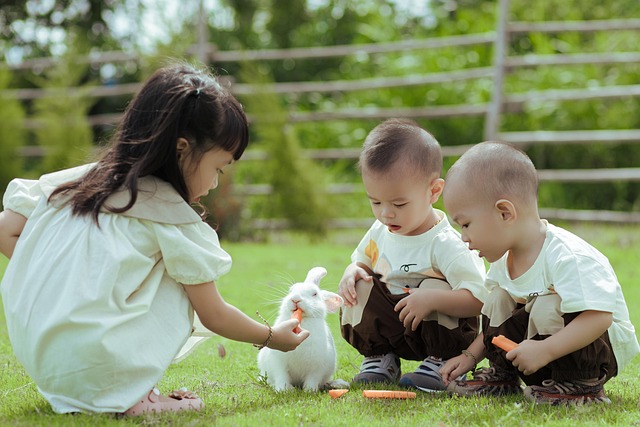


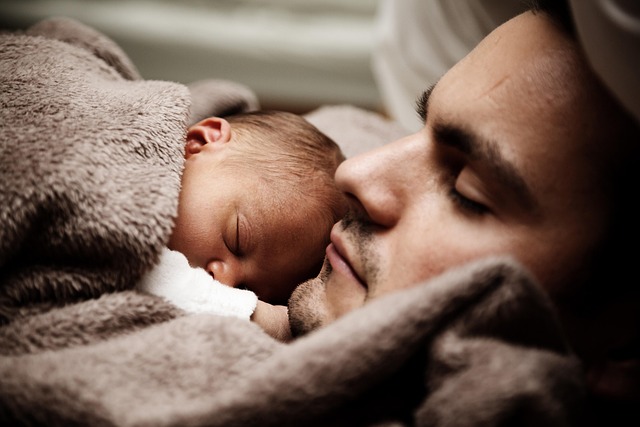


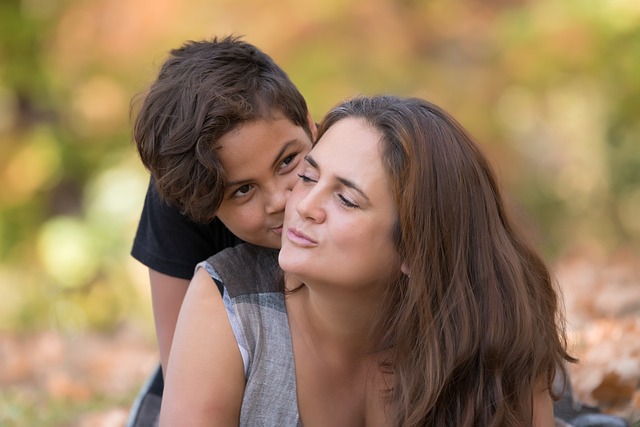

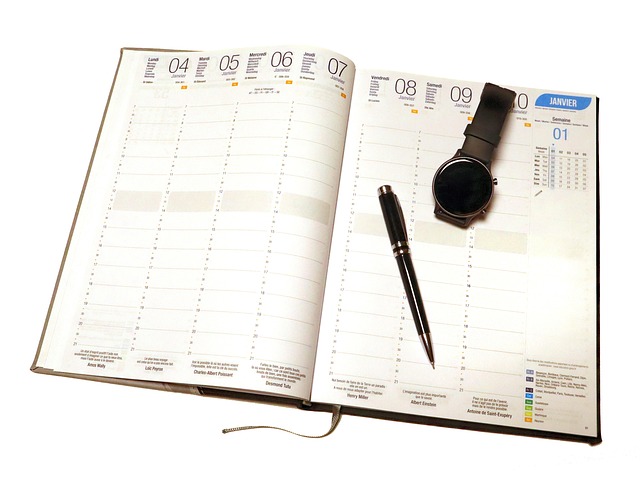
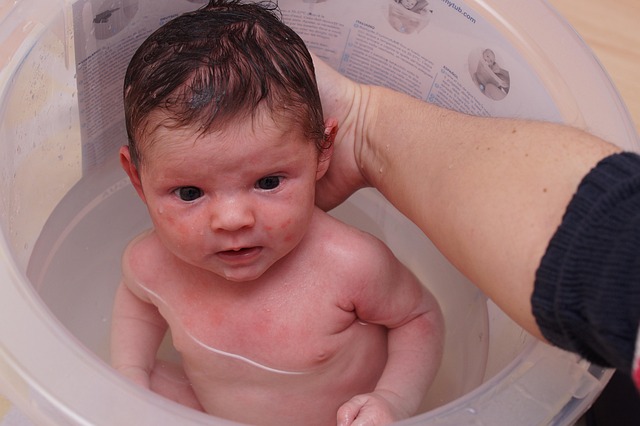
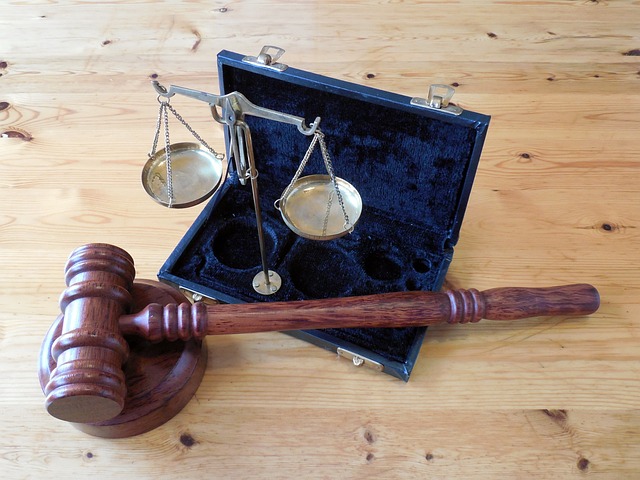
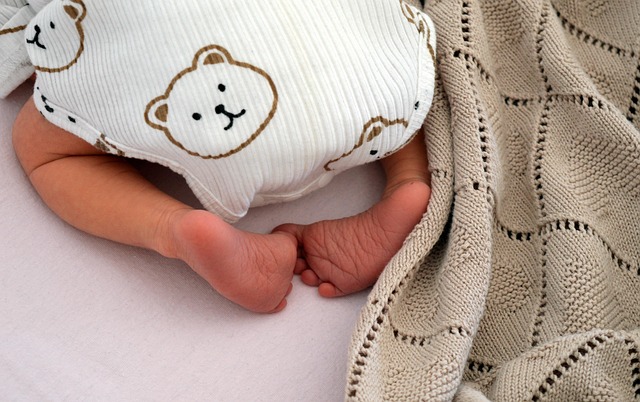
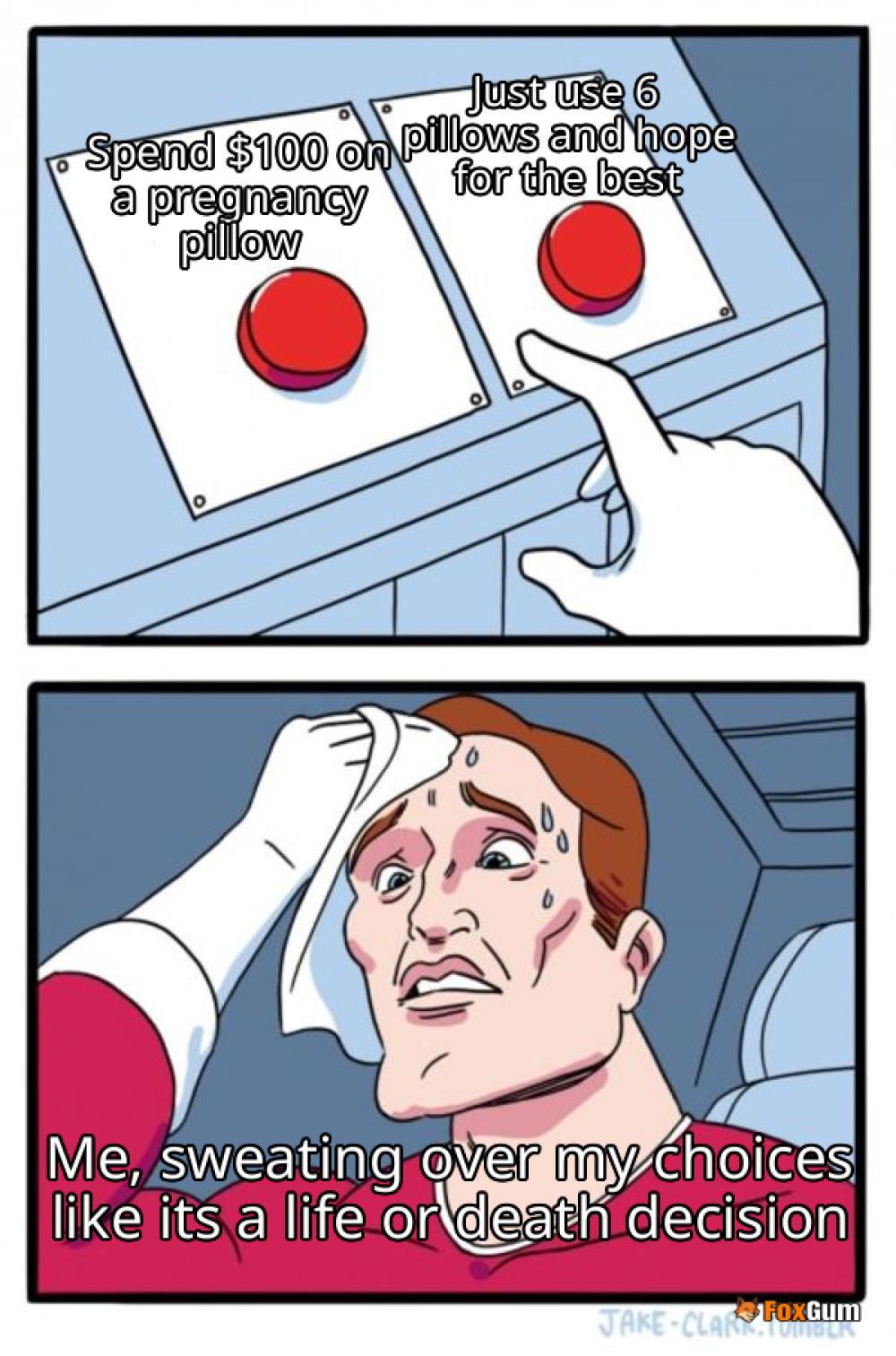
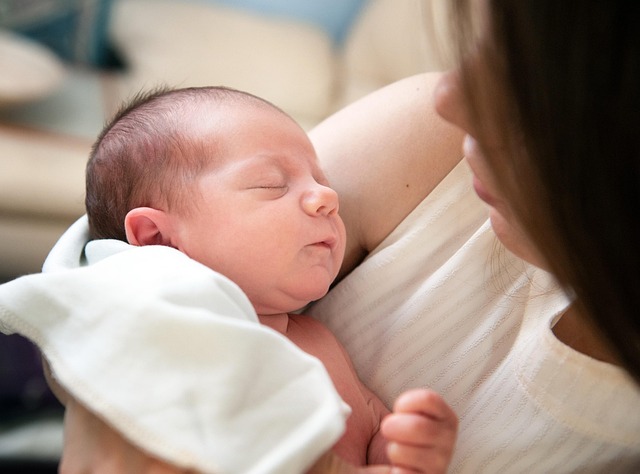


 Nesting Behavior in Humans
Nesting Behavior in Humans 
 Health
Health  Fitness
Fitness  Lifestyle
Lifestyle  Tech
Tech  Travel
Travel  Food
Food  Education
Education  Parenting
Parenting  Career & Work
Career & Work  Hobbies
Hobbies  Wellness
Wellness  Beauty
Beauty  Cars
Cars  Art
Art  Science
Science  Culture
Culture  Books
Books  Music
Music  Movies
Movies  Gaming
Gaming  Sports
Sports  Nature
Nature  Home & Garden
Home & Garden  Business & Finance
Business & Finance  Relationships
Relationships  Pets
Pets  Shopping
Shopping  Mindset & Inspiration
Mindset & Inspiration  Environment
Environment  Gadgets
Gadgets  Politics
Politics 